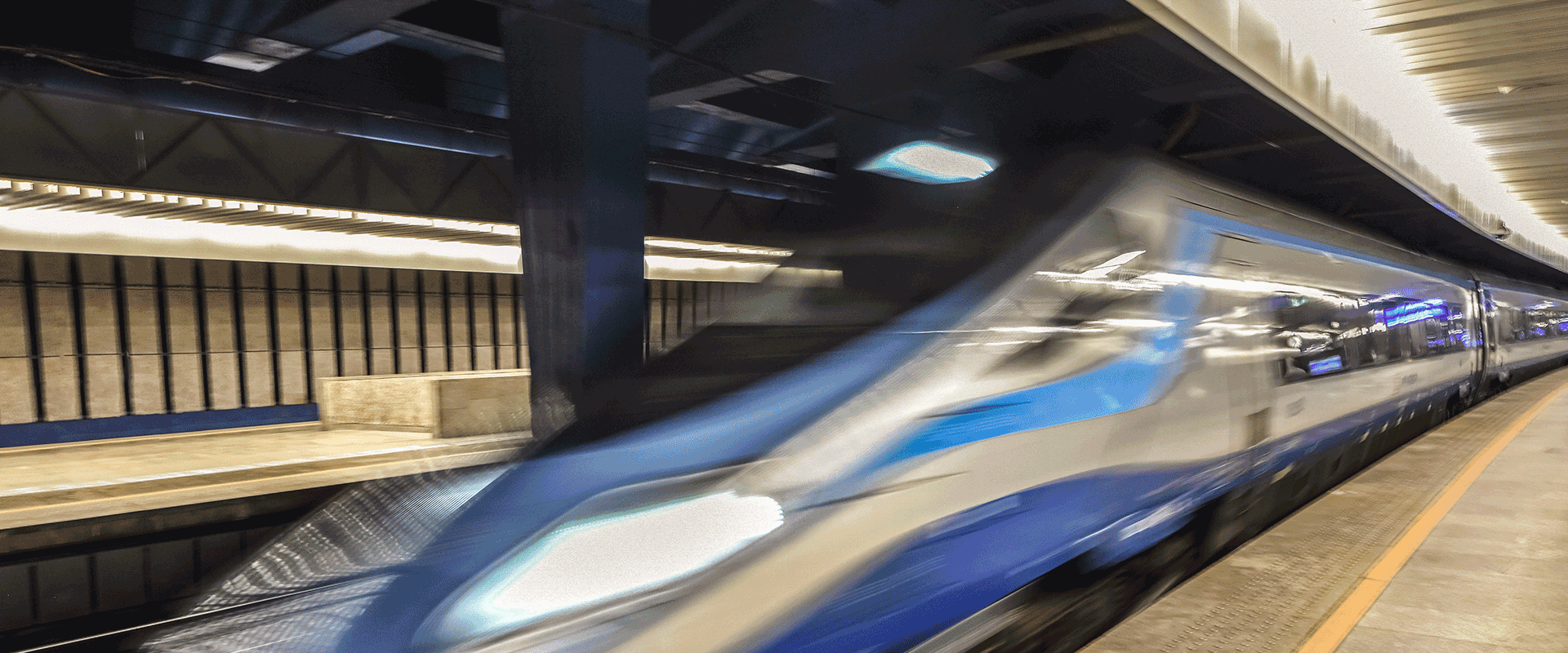
The US Could Become a Leading Market in High-Speed Rail
- Article

To date, the US does not have any truly high-speed rail services. The fastest train service in the US today is Acela, which connects Washington to Boston at an average speed of 70 miles per hour. True high speed travels at up to 200 miles per hour and averages 125 miles per hour, for example, between Tokyo and Osaka.
Train travel has historically fallen out of favour in the US, losing out to the convenience and economics of car and plane travel. However, given the environmental credentials, superior comfort and predictability as well as the increasing importance of being online during the journey, rail has huge potential.
Given the geography of the US and the number of large, growing and wealthy cities situated the optimal distance for successful high-speed rail lines, the US could be a significant market for high-speed rail. Analysis of US city-pairs suggests there are very many routes that could succeed with federal grant funding and a commercial investor approach to development.
If the Biden administration’s planned $2 trillion upgrade to the nation’s infrastructure were to create a high-speed rail network that achieved the same market share as is already seen in Europe, the US domestic travel market could look dramatically different from today:
Far from being a threat to the airline sector, experience around the world suggests that high-speed rail can complement the existing air network by providing an alternative on low-yielding routes, releasing slot constraints at airports, and allowing newer and more profitable routes to be pursued.
The short-haul market (less than a two-hour flight) has not been a growth area in the US and is not, in general, an attractive proposition for travellers who have to contend with intrusive security for a relatively short flight. In Taiwan, high-speed rail has enabled air operators to reduce domestic services and increase frequency to mainland China. In Europe, Paris-Amsterdam and Madrid-Barcelona routes are examples of high-speed rail operators collaborating with airlines to provide feeder services that allow airlines to exit low-yield routes while still feeding more profitable routes with connecting passengers.
The Biden administration’s significant funding of high-speed rail could make a substantial impact alongside private sector plans that are already well developed.
The key to making such systems work is to include a commercial approach to running the railways. This means including factors such as prioritising revenue rather than patronage, high standards of customer service, premium classes of travel, and airline-style yield management to fairly ration supply at peak times and attract lower fare-paying travellers off-peak. All of these factors increase the viability of high-speed rail lines and help maximise the ‘bang for the buck’ on federal taxpayer funds.
If the US federal authorities work flexibly and rapidly with private investors, this new funding could genuinely spark a second railroad revolution.
L.E.K. Consulting is a world leader in business planning and forecasting for high-speed rail. Our experts have worked around the world with investors and governments, developing investment-grade ridership forecasts that also include commercial expertise in how to run transport businesses profitably.